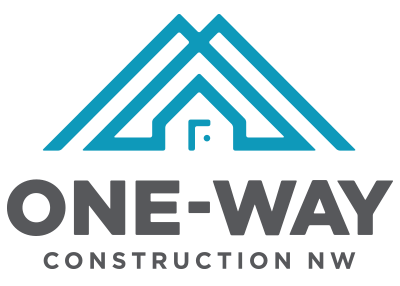4 Things to Consider When Buying Waterfront Property
Building a water-front home is a dream for a lot of people and when it comes time to buying that perfect piece of land, what you don’t know can hurt you. From utilities to covenants or ecological restrictions, there are all kinds of restrictions and red tape that can trip you up along the way. We’ve assembled a list of some of the important topics to consider when shopping for that waterfront piece of property.
Setbacks
Every piece of property has pre-determined setbacks that must be maintained from the property edges. Sure, you may own the waterfront, but local codes may keep you from build on the water’s edge up, forcing you hundreds of feet back in some cases. It’s important to know what who the Authority Having Jurisdiction is regarding building permits and to consult as early in the process as possible. Each Jurisdiction will have its own code governing setbacks. Just because the neighbors have a waterfront lot does not mean that you’ll be able to build as close to the shore as them. If you do find that perfect lot but have unfavorable setback conditions, you are not out of luck, you can always apply for a code variance. Each jurisdiction has their own process for the variance process, they are not overly complicated but can be slow to complete.
Geological Considerations
When considering waterfront property, especially in mountainous or hilly area, it’s important to look out for drainages and runoff areas. These are areas that where winter snow will concentrate on the mountain slopes and form streams and seasonal creeks coming down the mountain slope. As the slope tends to lessen towards the base of a mountain, the water can move underground creating unstable soil conditions. Sometimes this condition can’t be avoided for the perfect lot, so a geological engineer is employed to remedy the situation. In fact, most jurisdictions will require a geological site assessment before issuing a building permit, even if there is no surface evidence of groundwater or unstable conditions. Usually over excavation and the addition of engineered fill can solve the problem, but not for free. Geological site work usually requires big equipment and imported fill materials. It’s important to factor in geological costs when considering waterfront construction.
Ecological Restrictions
Any ecological or wetland restrictions will likely be included in the required shoreline setbacks from your local jurisdiction, however it is possible to have additional ecological impacts on your lot. Wetlands or streams are considered restricted areas, you will want to be sure your lot is free of them as variances are typically not granted to build in wetlands or over a stream bed, even if it is dry at the time of construction. If you do get a waterfront lot and work towards a shoreline variance to build closer to the shore, you’ll likely have to deal with your jurisdictions’ Shoreline Management Plan and wade through a slurry of paperwork. Again, this is not a difficult process, it’s very well outlined by most jurisdictions but can be slow to complete.
Cost
Cost is always an important consideration for a building project and being waterfront will absolutely affect a project’s cost. Waterfront lots are usually more restrictive, requiring added work and logistical solutions to complete a project. Geographically they often limit what equipment can be used, which can make the project more complex and difficult to build. Waterfront lots are often part of a planned community or Home Owner’s Association that have covenants that could affect what you want to build. These covenants are typically to keep a uniform design in the community and to retain property values of all residents by restricting building to pre-approved sizes, styles and colors.
Waterfront homes are undoubtedly one of the most envious on the market. They do great at retaining value and building equity over time. With the limited shoreline space available, they continue to become more and more valuable. If you are in the market for a waterfront piece of land, be sure to consider this list and make your investment a wise one. If you do get that lot, be sure to consider One-Way Construction as a Design-Build option to completing your new home.
